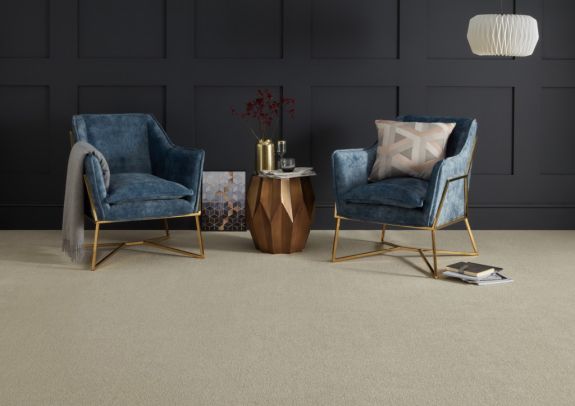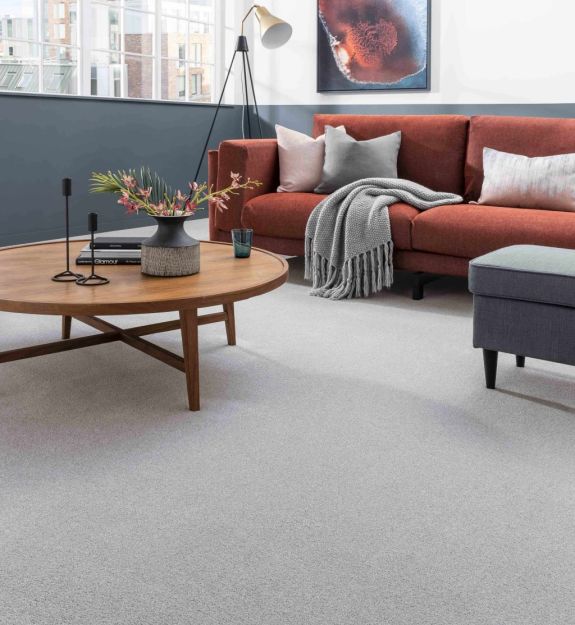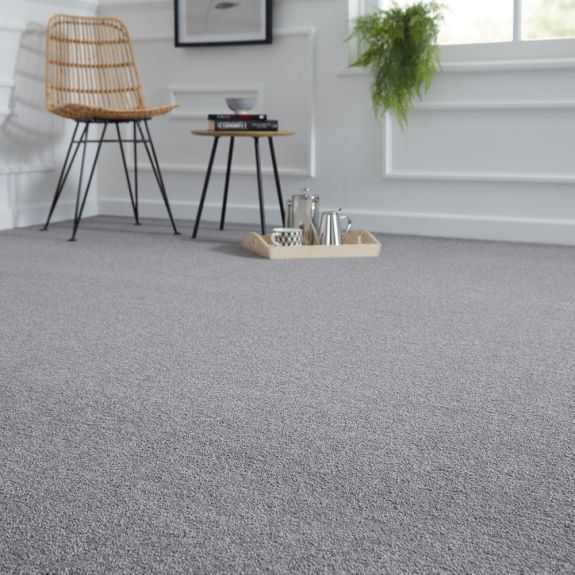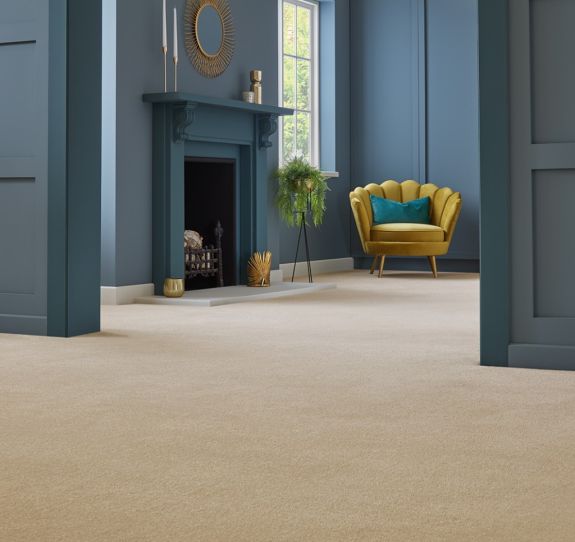Expansion gap issue
Laminate flooring needs room to expand and contract, to “breathe” with temperature and humidity changes. When your laminate flooring was fitted, there should have been an expansion gap left around the edges of the entire room, up to half an inch in most cases. Without this gap, there’s nowhere for any expansion in the laminate boards to go, so it’s forced upwards, causing bubbles, shifting and instability underfoot.
To tell if this is the issue you’re facing, step on the bulging/spongy board and see if the problem travels across the boards in a wave, as if rippling as you walk. This means that the problem is causing the pressure to shift between boards because there isn’t sufficient release at the edges.
How to fix an expansion gap issue
If this is the problem, you can create the missing expansion gap by trimming off a little of the laminate around the perimeter of the room. As this doesn’t require the laminate itself to be taken up, it may be possible to do this yourself if you have the right tools (i.e. safety equipment and a multi-tool with a circular blade).
However, for your safety and the benefit of your laminate flooring, we’d strongly advise calling in a professional instead. Any skirting boards or scotia will have to be removed and re-installed after you’re done, which can damage both the woodwork itself and your plaster.












































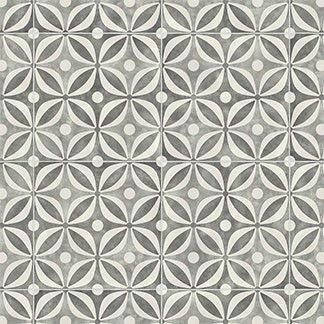
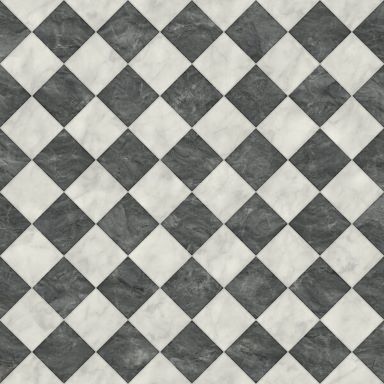

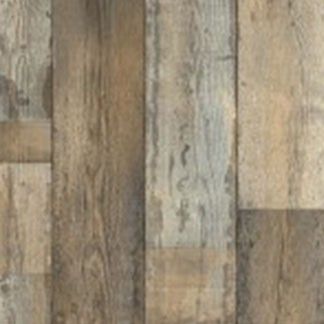











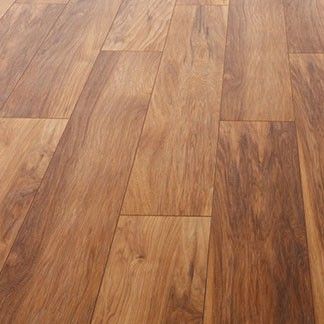
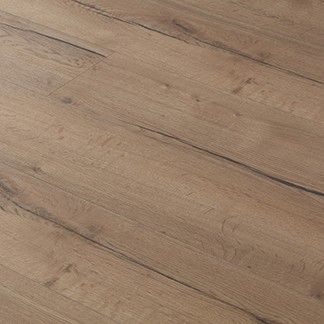












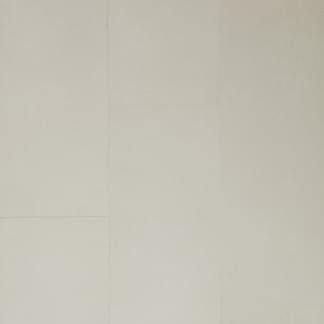




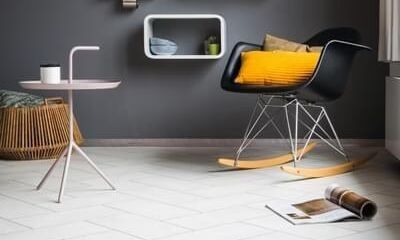
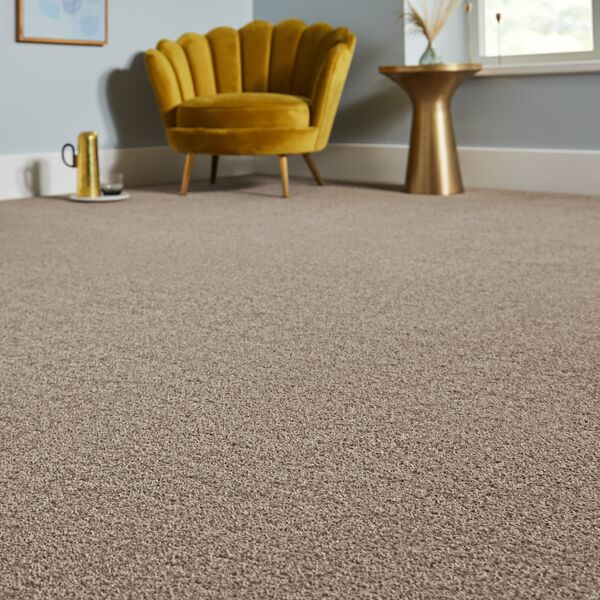
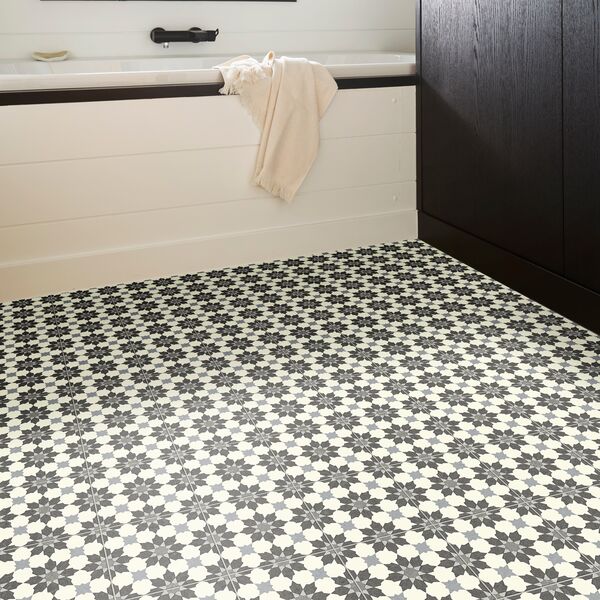
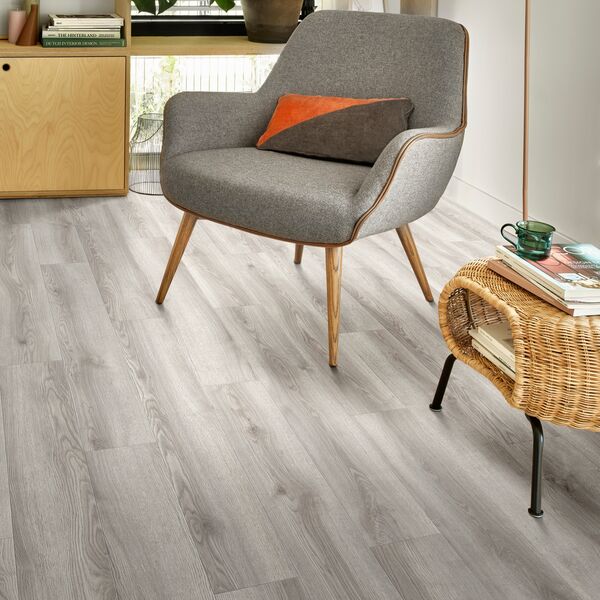

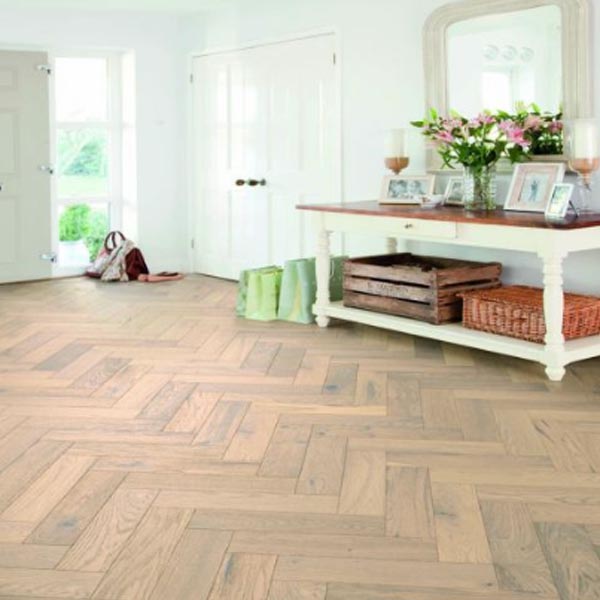



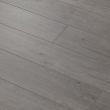
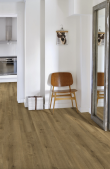


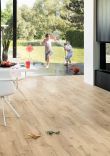





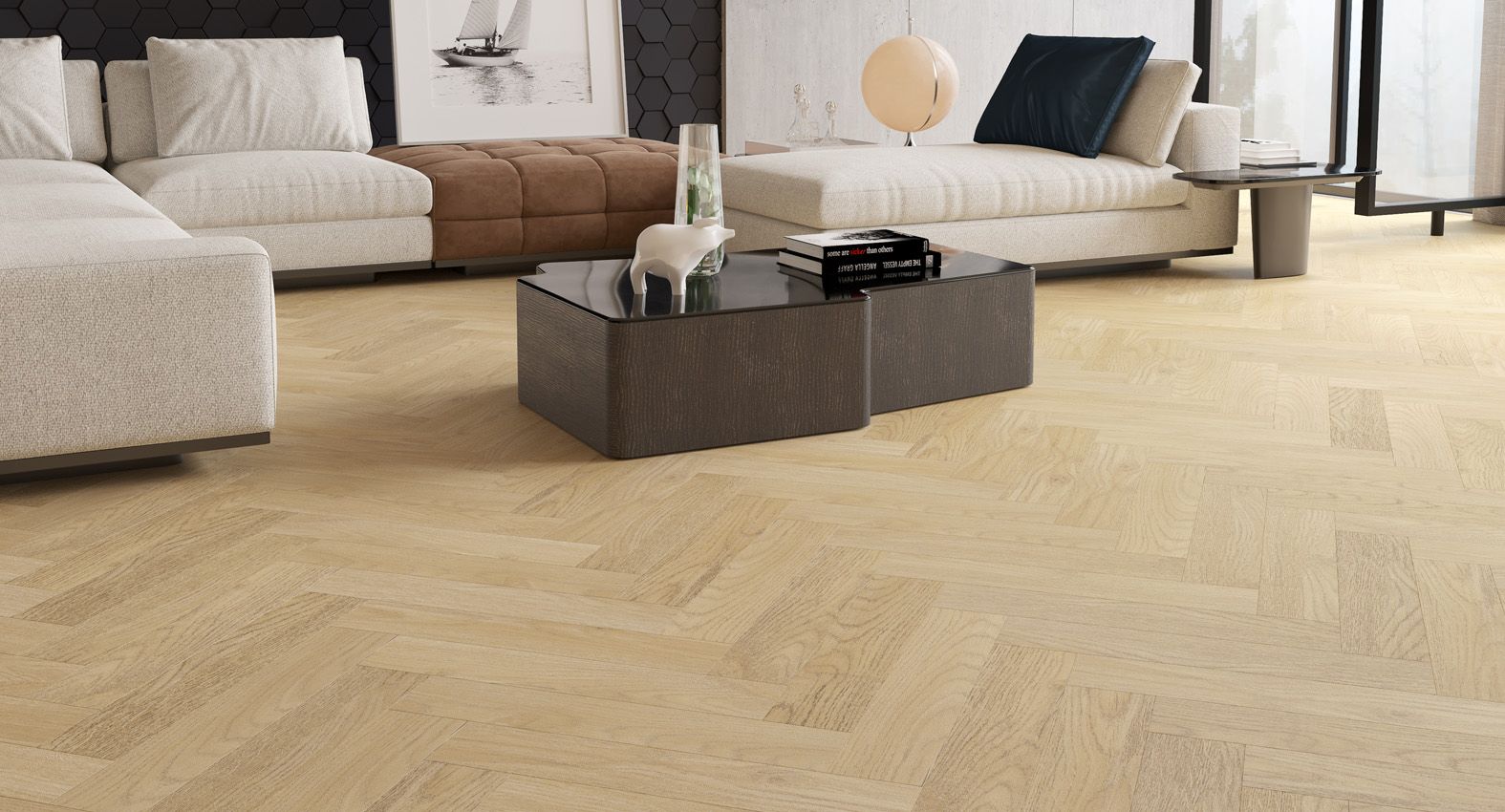

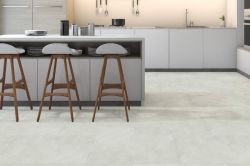









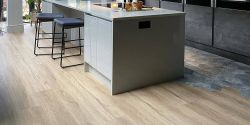

-250.jpg)
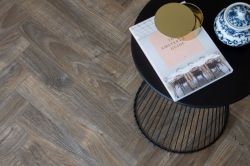
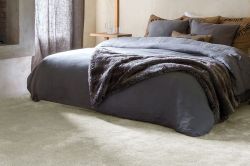

-250.jpg)
 copy-250.jpg)



 - Article Image (not header)-250.jpg)
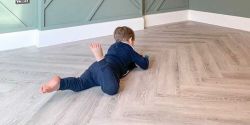

-250.jpg)




